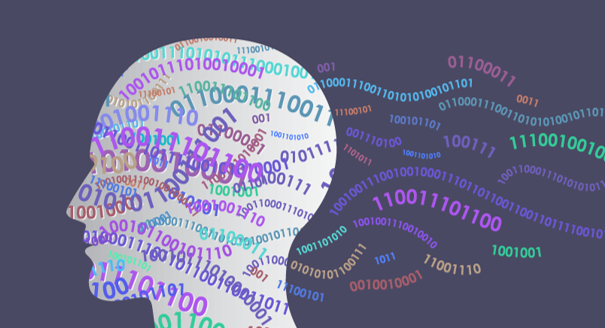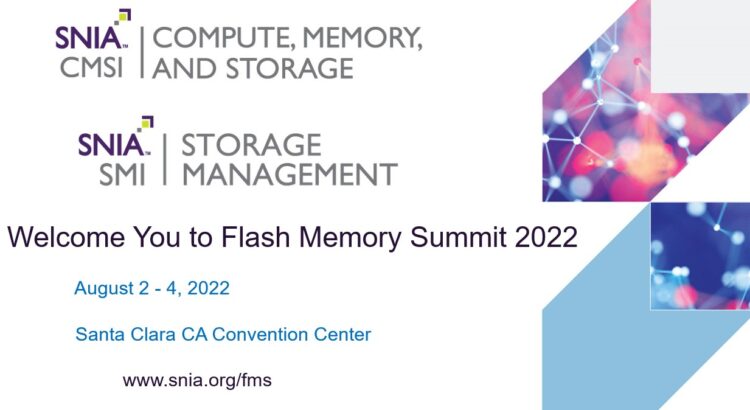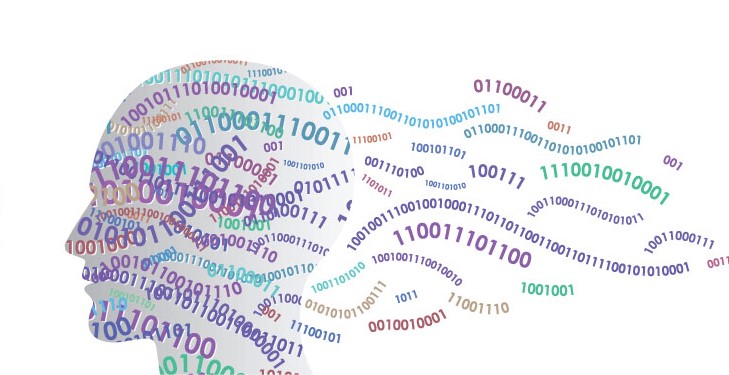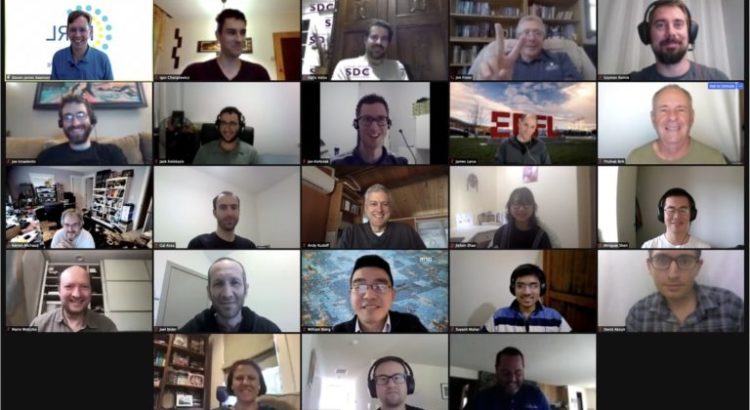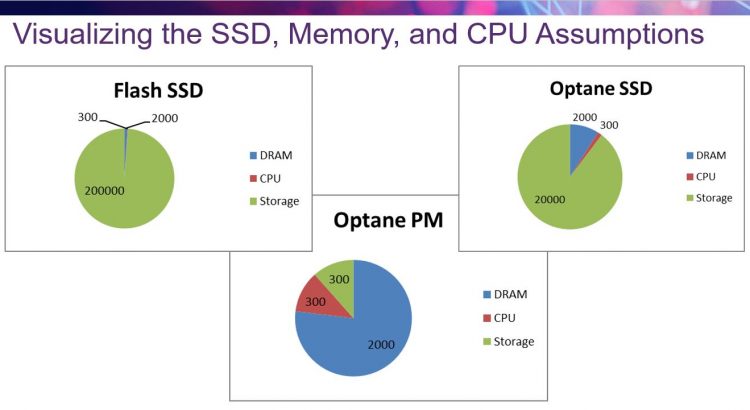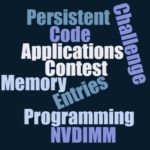SNIA Compute, Memory, and Storage Summit is where solutions, architectures, and community come together. Our 2024 Summit – taking place virtually on May 21-22, 2024 – is the best example to date, featuring a stellar lineup of 30 speakers in sessions on artificial intelligence, the future of memory, sustainability, critical storage security issues, the latest on CXL®, UCIe™, and Ultra Ethernet, and more.
“We’re excited to welcome executives, architects, developers, implementers, and users to our 12th annual Summit,” said David McIntyre, Compute, Memory, and Storage Summit Chair and member of the SNIA Board of Directors. “Our event features technology leaders from companies like Dell, IBM, Intel, Meta, Samsung – and many more – to bring us the latest developments in AI, compute, memory, storage, and security in our free online event. We hope you will attend live to ask questions of our experts as they present and watch those you miss on-demand.“
Artificial intelligence sessions sponsored by the SNIA Data, Networking & Storage Forum feature J Michel Metz of the Ultra Ethernet Consortium
(UEC) on powering AI’s future with the UEC, John Cardente of Dell on storage requirements for AI, Jeff White of Dell on edgenuity, and Garima Desai of Samsung on creating a sustainable semiconductor industry for the AI era. Other AI sessions include Manoj Wadekar of Meta on the evolution of hyperscale data centers from CPU centric to GPU accelerated AI, Paul McLeod of Supermicro on storage architecture optimized for AI, and Prasad Venkatachar of Pliops on generative AI data architecture.
Memory sessions begin with Jim Handy and Tom Coughlin on how memories are driving big architectural changes. Ahmed Medhioub of Astera Labs will discuss breaking through the memory wall with CXL, and Sudhir Balasubramanian and Arvind Jagannath of VMware will share their memory vision for real world applications.
Compute sessions include Andy Walls of IBM on computational storage and real time ransomware detection, JB Baker of ScaleFlux on computational storage real world deployments, Dominic Manno of Los Alamos National Labs on streamlining scientific workflows in computational storage, and Bill Martin and Jason Molgaard of the SNIA Computational Storage Technical Work Group on computational storage standards.
CXL will be featured with a CXL Consortium panel on increasing AI and HPC application performance with CXL fabrics, a presentation from Larrie Carr of Rambus on proprietary internconnects and CXL, and a session from Samsung and Broadcom on bringing unique customer value with CXL accelerator-based memory solutions.
Richelle Ahlvers and Brian Rea of the UCI Express will discuss enabling an open chipset system with UCIe.
The Summit will also dive into security with a number of presentations on this important topic.
And there is much more, including a memory Birds-of-a-Feather session, a live Memory Workshop and Hackathon featuring CXL exercises, and opportunities to chat with our experts! Check out the agenda and register for free!
